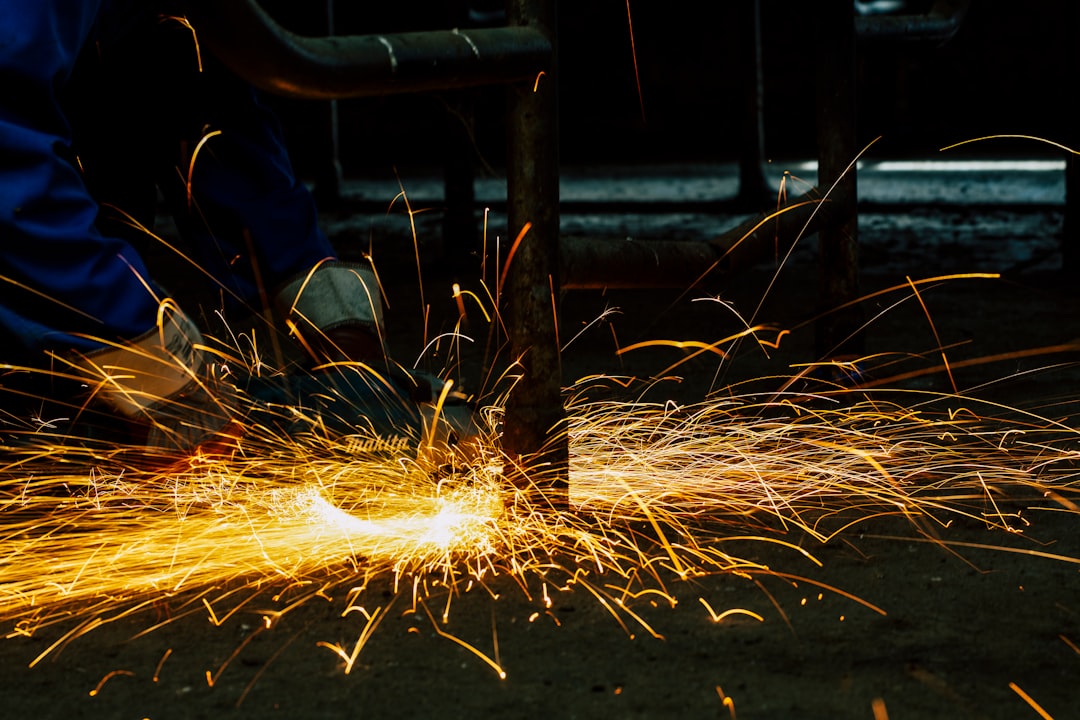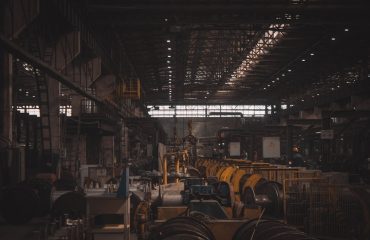body {
font-family: sans-serif;
line-height: 1.6;
}
h1, h2, h3 {
color: #333;
}
Fire-resistant steel plays a critical role in safeguarding lives and property in countless applications. From skyscrapers to offshore platforms, its ability to withstand extreme temperatures makes it an indispensable material in modern construction and engineering. This comprehensive guide delves into the fascinating world of fire-resistant steel, exploring its properties, applications, and the future of this vital technology.
Understanding the Properties of Fire-Resistant Steel
Fire-resistant steel isn’t simply steel that’s been coated; it possesses inherent properties that allow it to maintain its structural integrity at elevated temperatures. These properties are primarily achieved through specific alloying elements. Common additions include chromium, nickel, molybdenum, and silicon. These elements significantly increase the steel’s resistance to oxidation and softening at high temperatures. The exact composition varies depending on the desired level of fire resistance and the specific application. For instance, steel designed for use in a high-heat environment like a furnace will have a different composition than steel used in a building’s structural framework. The key characteristic is the ability to retain sufficient strength and ductility even after prolonged exposure to fire, preventing catastrophic failure.
Diverse Applications of Fire-Resistant Steel
The versatility of fire-resistant steel makes it suitable for a wide range of applications across various industries. In construction, it’s used extensively in high-rise buildings for structural components like columns, beams, and floor decking. It forms the backbone of fire-rated walls and doors, providing crucial containment during a fire. The automotive industry utilizes it in exhaust systems and other high-temperature components. The oil and gas sector employs fire-resistant steel in pipelines, platforms, and storage tanks, mitigating risks in hazardous environments. Furthermore, it finds application in power generation plants, chemical processing facilities, and even spacecraft, showcasing its remarkable adaptability.
Types and Grades of Fire-Resistant Steel
Fire-resistant steel isn’t a monolithic material; various grades exist, each optimized for specific performance requirements. These grades are typically classified based on their yield strength at elevated temperatures. Commonly used grades include those conforming to standards like ASTM A709 and EN 1090, which specify the chemical composition, mechanical properties, and testing procedures. The selection of a specific grade depends on factors such as the expected fire duration, temperature, and the structural demands of the application. Higher-grade steels offer greater strength and fire resistance but often come at a higher cost. Understanding the nuances of different grades is crucial for engineers to select the most appropriate material for a given project.
Testing and Certification of Fire-Resistant Steel
Rigorous testing is essential to verify the fire resistance of steel. Standard fire tests, such as those defined by ASTM E119 and ISO 834, subject steel specimens to controlled fire conditions for a specified duration. These tests measure the steel’s ability to maintain its load-bearing capacity and prevent the passage of flames and hot gases. Independent testing laboratories conduct these evaluations, ensuring compliance with relevant building codes and safety regulations. Certification bodies then issue certificates confirming the fire resistance rating of the steel, providing assurance to designers and end-users. The results of these tests directly inform the design and specification of fire-resistant structures.
Future Advancements in Fire-Resistant Steel Technology
Research and development continue to push the boundaries of fire-resistant steel technology. Efforts focus on developing new alloys with enhanced performance characteristics, such as improved strength at high temperatures, greater oxidation resistance, and enhanced ductility. The use of advanced manufacturing techniques, like additive manufacturing (3D printing), is being explored to create complex steel components with optimized fire resistance. Furthermore, researchers are investigating the integration of smart sensors and monitoring systems into fire-resistant steel structures to provide real-time data on temperature and structural integrity during a fire, enabling proactive safety measures. These advancements are crucial for meeting the increasing demands of more stringent building codes and the need for even safer structures in the future.
In conclusion, fire-resistant steel is a crucial material that plays a vital role in protecting lives and property. Its unique properties, diverse applications, and ongoing advancements ensure its continued importance in construction, engineering, and various other industries. Understanding its characteristics and capabilities is paramount for ensuring the safety and resilience of structures in the face of fire.
SEO Tags:
- fire resistant steel
- fireproof steel
- high temperature steel
- structural steel fire protection
- fire safety materials




